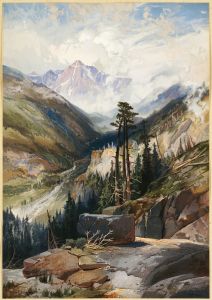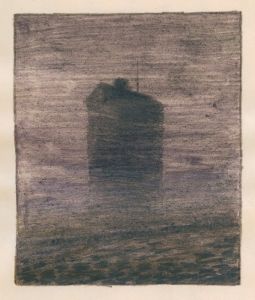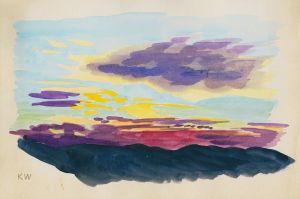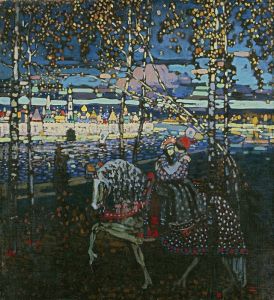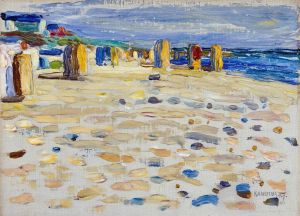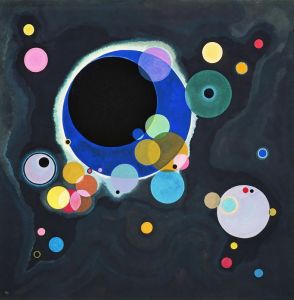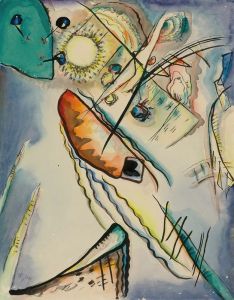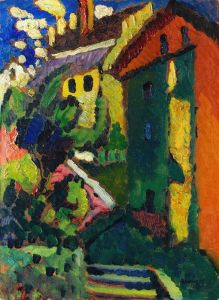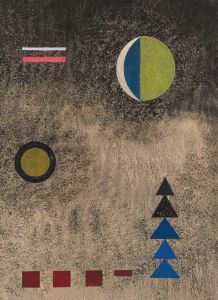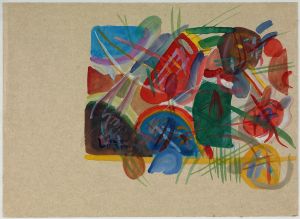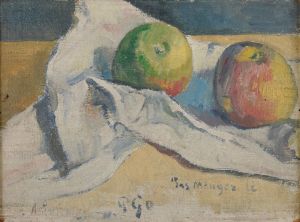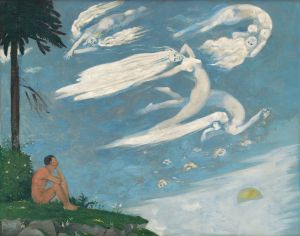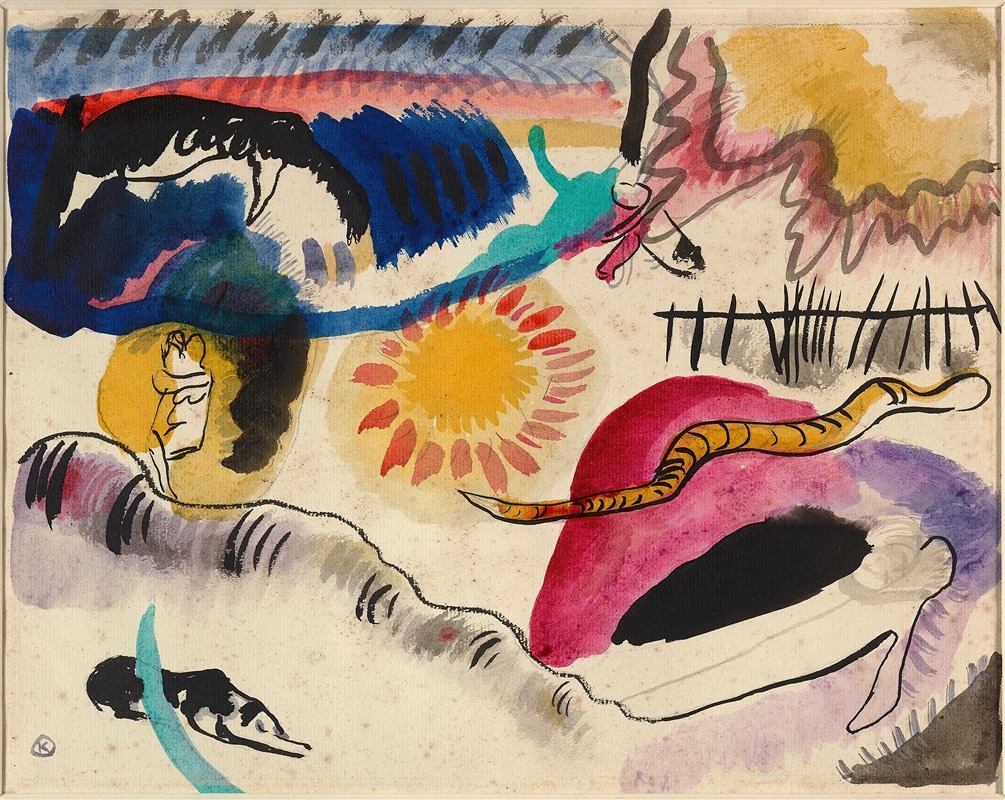
Aquarell Nr. 3
A hand-painted replica of Wassily Kandinsky’s masterpiece Aquarell Nr. 3, meticulously crafted by professional artists to capture the true essence of the original. Each piece is created with museum-quality canvas and rare mineral pigments, carefully painted by experienced artists with delicate brushstrokes and rich, layered colors to perfectly recreate the texture of the original artwork. Unlike machine-printed reproductions, this hand-painted version brings the painting to life, infused with the artist’s emotions and skill in every stroke. Whether for personal collection or home decoration, it instantly elevates the artistic atmosphere of any space.
Wassily Kandinsky, a pioneering figure in abstract art, created "Aquarell Nr. 3" during a transformative period in his artistic career. Kandinsky, born in Moscow in 1866, initially pursued a career in law and economics, but his passion for art led him to move to Munich in 1896 to study painting. His early works were influenced by Impressionism and Post-Impressionism, but he gradually moved towards abstraction, seeking to express spiritual and emotional experiences through color and form.
"Aquarell Nr. 3" is part of Kandinsky's exploration of watercolor as a medium, which he found particularly suited to his evolving artistic vision. Watercolor allowed for a fluidity and spontaneity that complemented his interest in capturing the essence of music and emotion in visual form. Kandinsky believed that art should transcend the material world and evoke a spiritual resonance, a concept he articulated in his influential book "Concerning the Spiritual in Art," published in 1911.
This particular work, "Aquarell Nr. 3," exemplifies Kandinsky's shift from representational art to abstraction. The painting features a dynamic composition of shapes and colors that interact harmoniously, reflecting his belief in the synesthetic relationship between color and sound. Kandinsky often drew parallels between painting and music, considering both as means to convey the inner workings of the soul. He was inspired by the music of composers like Arnold Schoenberg, whose atonal compositions paralleled Kandinsky's own departure from traditional artistic conventions.
The early 20th century was a period of significant artistic experimentation, and Kandinsky was at the forefront of these developments. He co-founded the Munich-based group Der Blaue Reiter (The Blue Rider) in 1911, alongside fellow artist Franz Marc. This group sought to promote modern art and emphasize the spiritual and symbolic aspects of artistic expression. "Aquarell Nr. 3" aligns with the group's ethos, as it embodies the abstract and expressive qualities that Kandinsky and his contemporaries championed.
Kandinsky's use of color in "Aquarell Nr. 3" is particularly noteworthy. He believed that colors had inherent spiritual qualities and could evoke specific emotions. In this work, the interplay of vibrant hues creates a sense of movement and rhythm, inviting viewers to engage with the painting on an emotional level. The abstract forms in the composition suggest a departure from the physical world, encouraging an introspective and contemplative experience.
Throughout his career, Kandinsky continued to refine his abstract style, influencing generations of artists and solidifying his legacy as a pioneer of modern art. His work laid the foundation for future movements such as Abstract Expressionism, and his theories on color and form remain influential in art education and practice.
In summary, "Aquarell Nr. 3" is a testament to Wassily Kandinsky's innovative approach to art, characterized by his use of abstraction to convey spiritual and emotional depth. The painting reflects his belief in the transformative power of art and its ability to transcend the tangible world, offering viewers a glimpse into the profound connections between color, form, and the human spirit.





